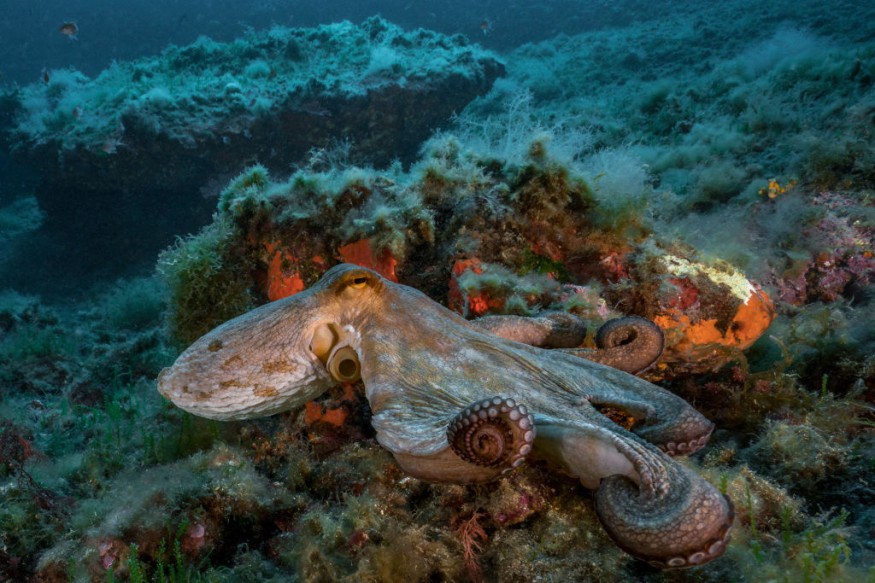New marine species in the deep seas of Phoenix Islands archipelago were captured on camera by Schmidt Ocean Institute's marine scientists while on their 34-day expedition of the deep water, wherein one of the deep-sea creature rarely sighted was the 'glass octopus'.
The glass octopus, named for its nearly transparent skin, looked gracefully ethereal from the video taken by scientists upon exploring the seamounts in the central Pacific Ocean aboard the research vessel Falkor for 34 days.
According to the marine experts, the particular species of the octopus was previously unknown, including the deep-water whale shark that was also a rare find.
The suspected Vitreledonella had been sighted twice during the expedition whose only visible features were its optic nerve, eyeballs and digestive tract that you can see through its skin.
Scientists say there had been limited record of the animal prior to the expedition but have never been directly studied, and little is known about their lifecycles and their behaviors.
Unusual See-Through Appearance

The glass octopus, scientifically known as Vitreledonella richardi are said to use the 'see-through' appearance not to hide from predators, but mostly for easy preys.
The translucent eight-armed beings remain less visible around 300 meters below the surface or when near the upper reaches of its habitat, where some light still penetrates. Other specimens caught were from over 1,000 meters.
In addition, the ghost-like animal can grow to about 17 inches in length. They oddly have elongated eyes compared to the typical rounded-eyed octopus that helps them shrink their peripheral vision to avoid being spotted. A vision researcher said their eyes seem to be 'pointed perpetually upward, toward the dim light above'.
"The Ocean holds wonders and promises we haven't even imagined, much less discovered," said Wendy Schmidt, co-founder of Schmidt Ocean Institute.
Expeditions into the deep water increases restoration efforts for especially for these rare species by understanding better their ecology and diversity.
"The great chain of life that begins in the ocean is critical for human health and wellbeing," Schmidt noted.
A 'Remarkable' Expedition
On the 182 hours of exploration on the ocean's floor and 21 expedition dives, a picture of the region's entire ecosystem was somehow completed and more understood.
The team were able to complete the first comprehensive survey of coral and sponge predation in the world and investigate the corals' grazing scars and wounding.
Through series of experiments onboard the ship, the team were able to generate the largest deep-water microbial culture collection from the Central Pacific ocean.
Upon mapping the ocean floor, the team of scientists also hope that their findings help better protect ocean life.
"Looking into these deep-sea communities has altered the way we think about how organisms live and interact on seamounts and how they maintain diversity of life in the deep ocean," said Dr. Tim Shank, biologist at the Woods HoIe Oceanographic Institution.
With the help of the remarkable scientists and local researchers, they hope to develop improved conservation plan broadly across all oceanscapes.
© 2026 NatureWorldNews.com All rights reserved. Do not reproduce without permission.





